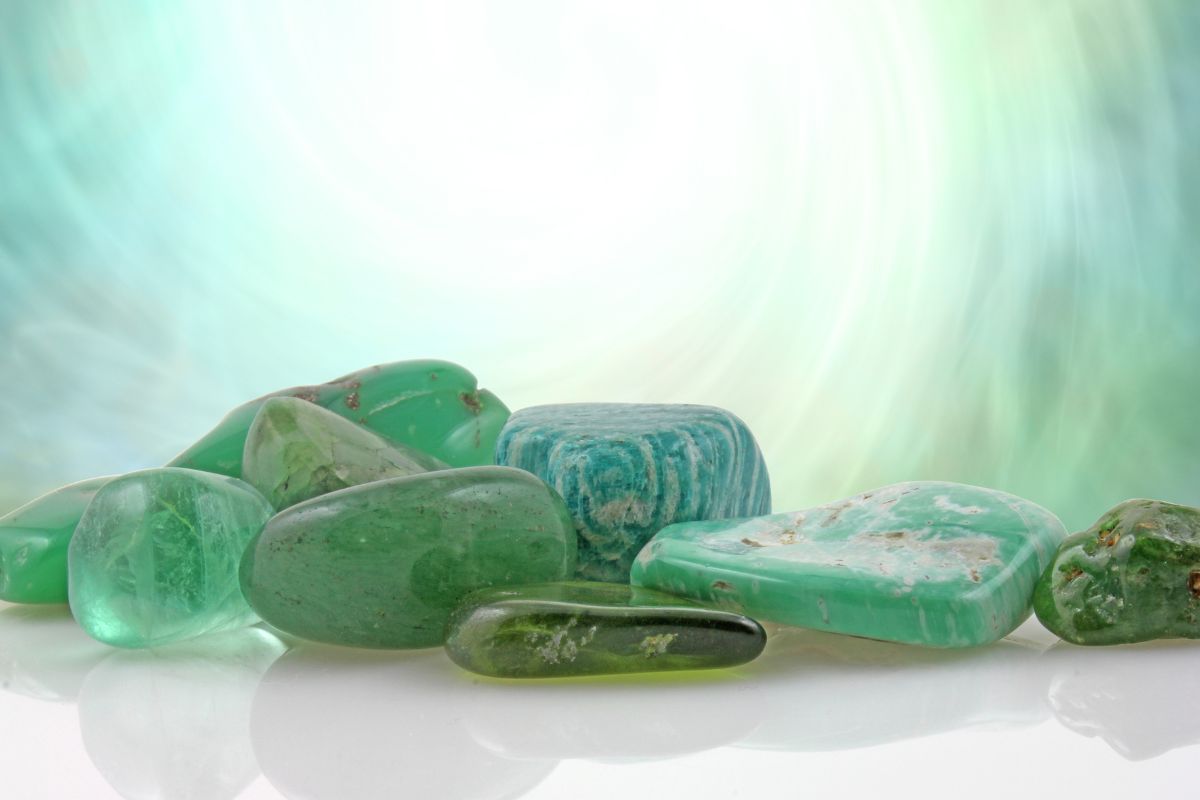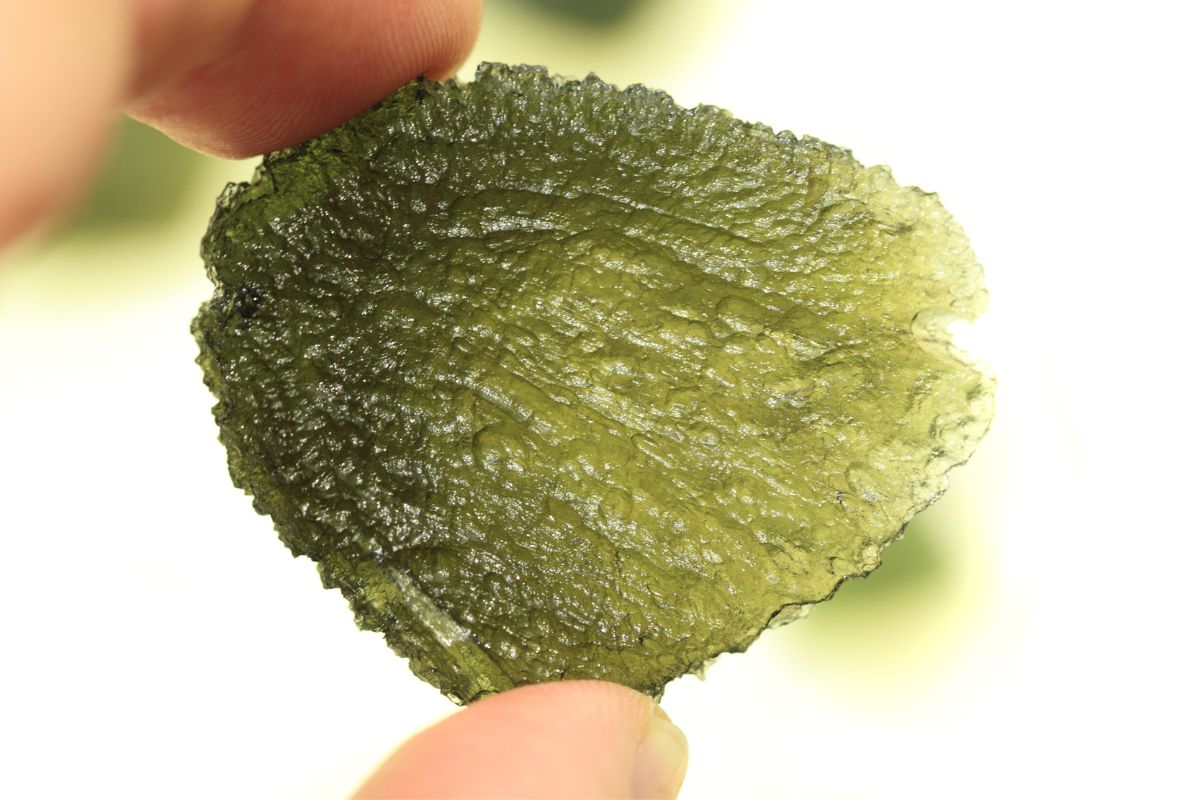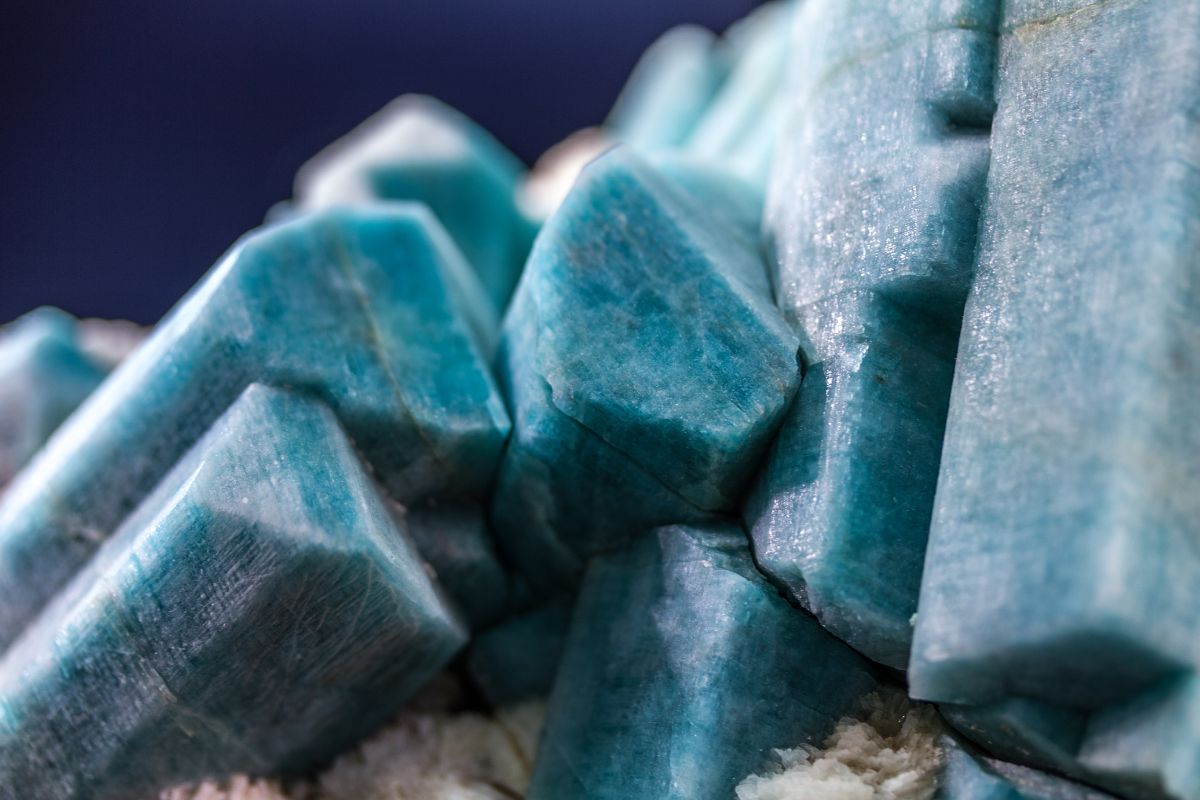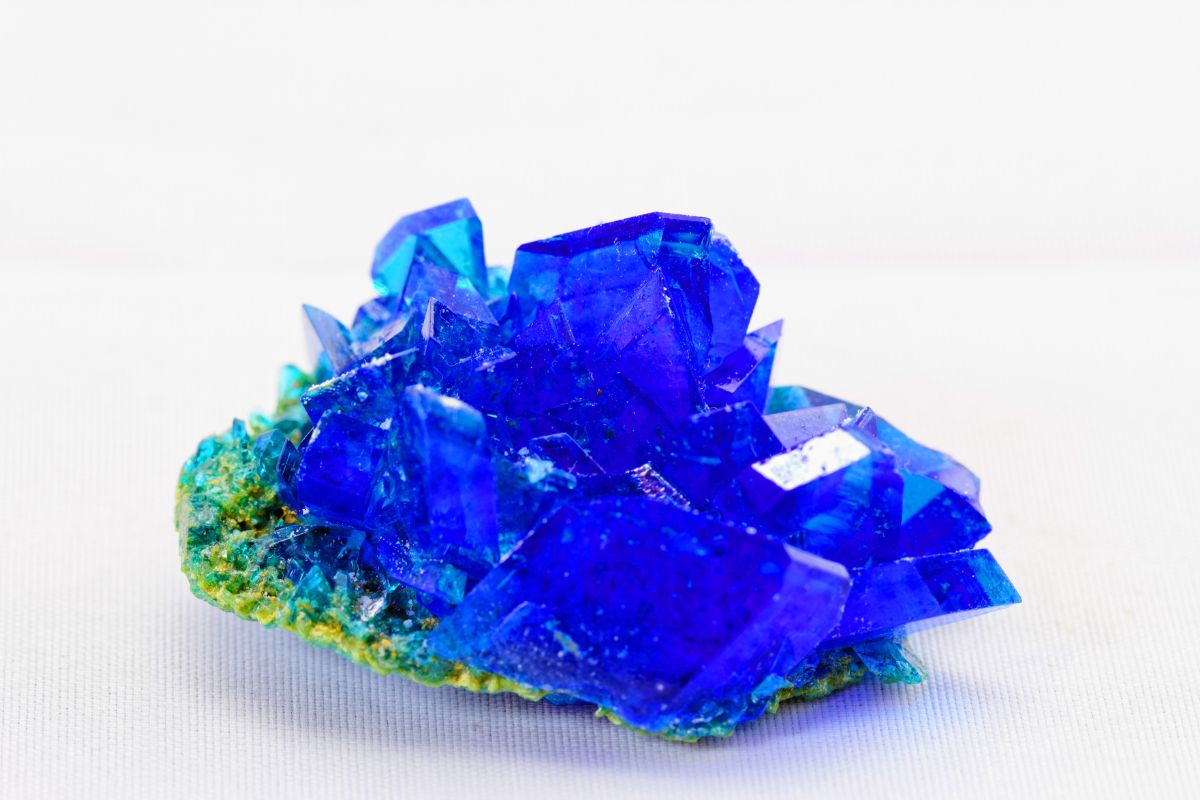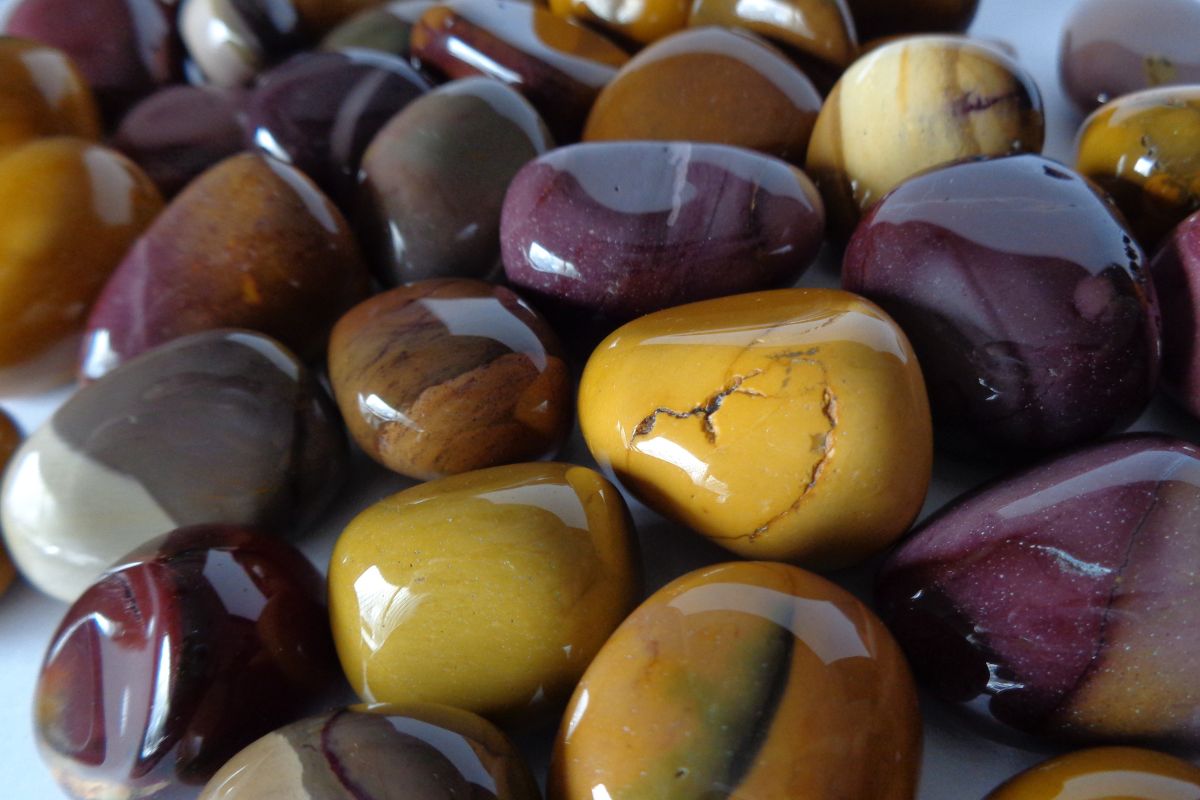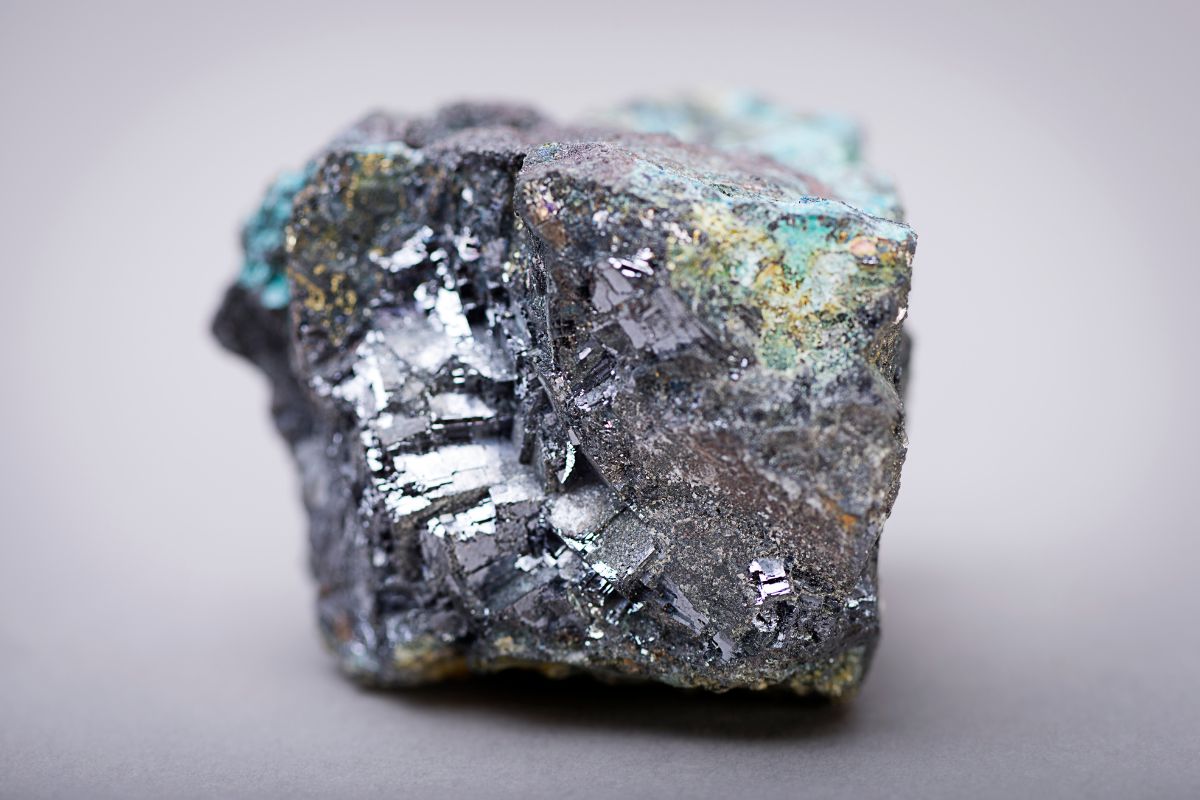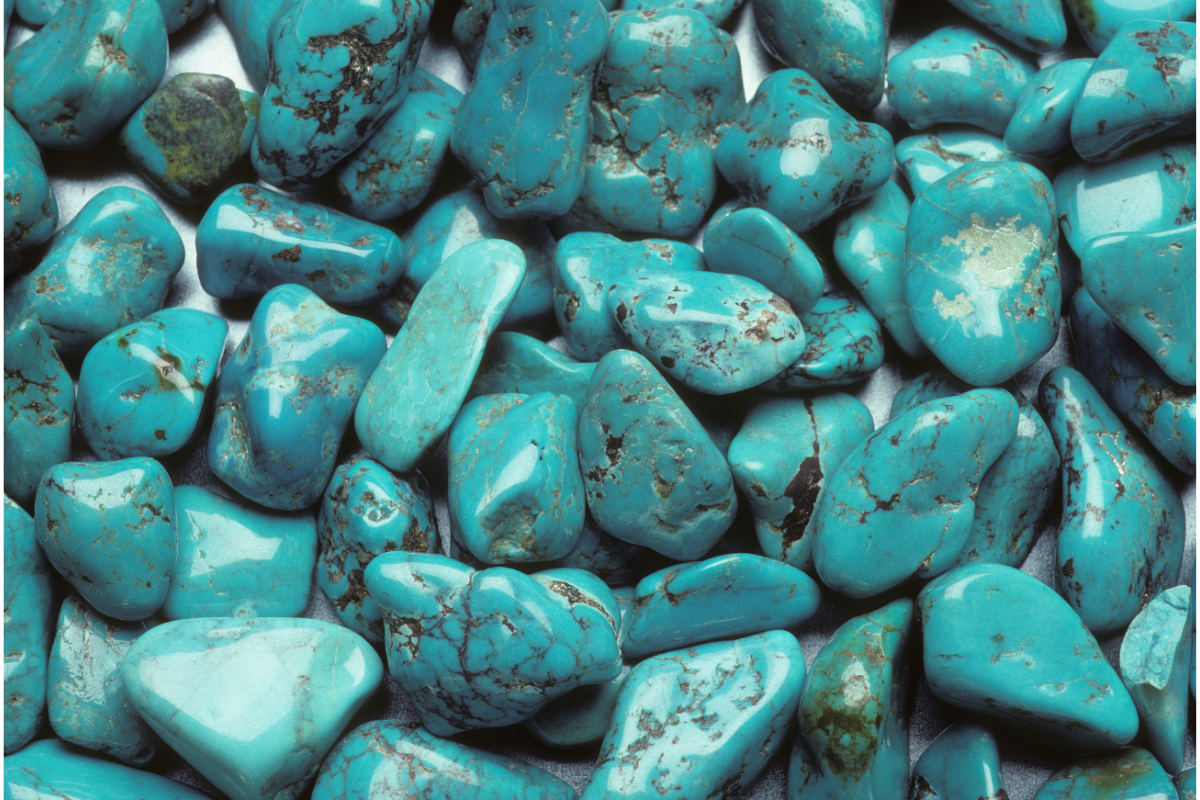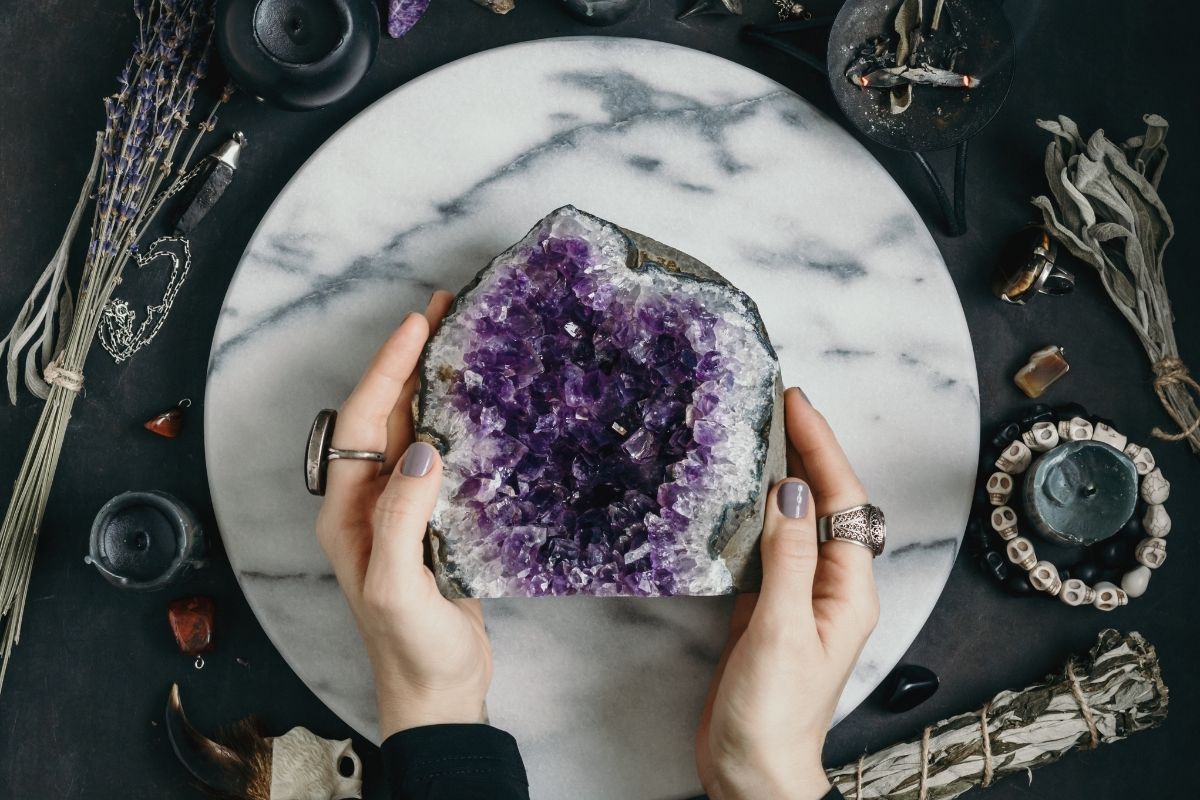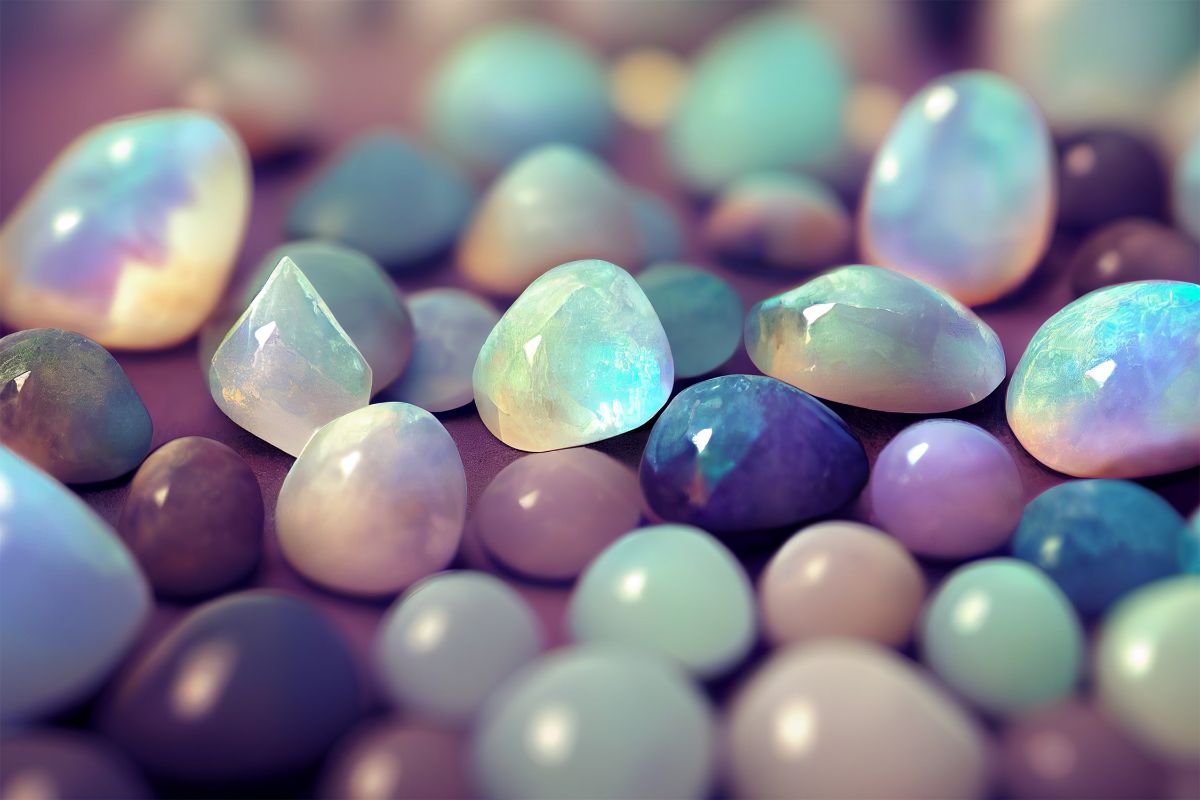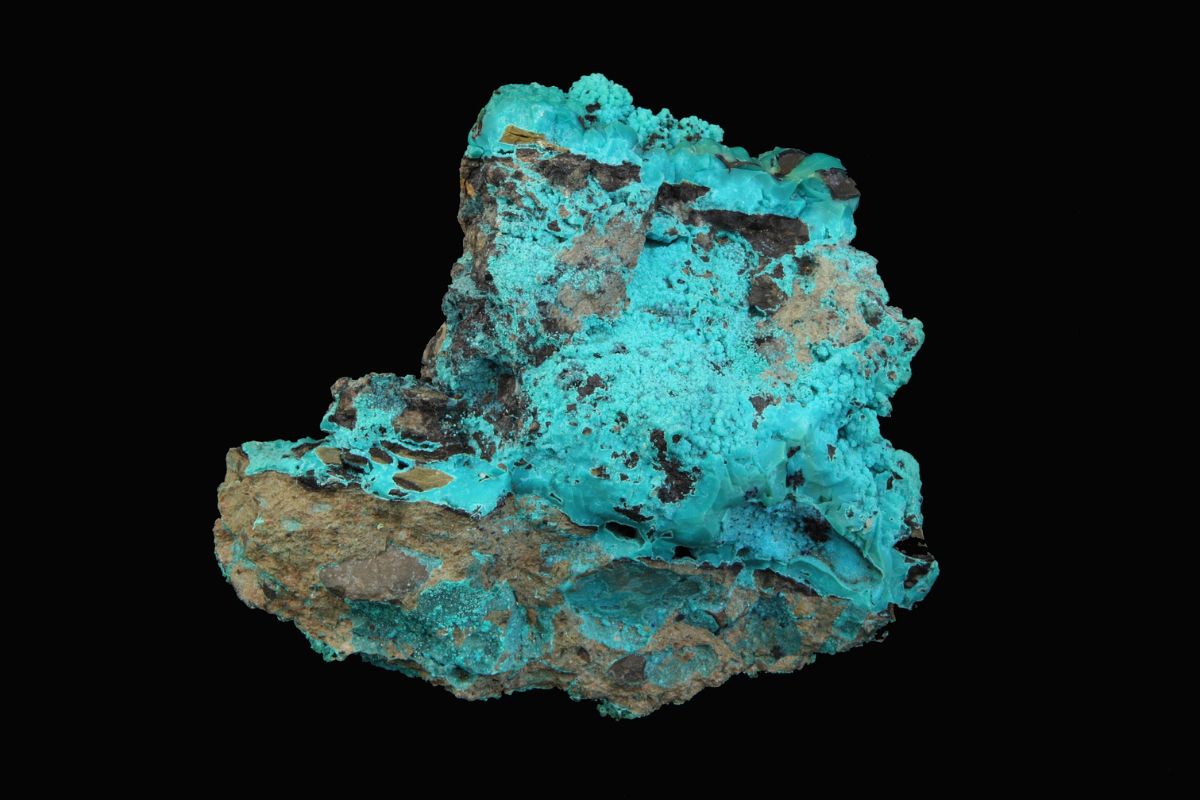For anyone that might have come of age in the 90s or early noughties – mood rings were way more than just a pretty accessory. Unlike other types of jewelry, mood rings are special because they come with the promise of being able to reveal the true feelings of the wearer!
But, how do mood rings work, exactly? If you are currently curious about how mood rings work when detecting your moods, rest assured that you have come to the right place.
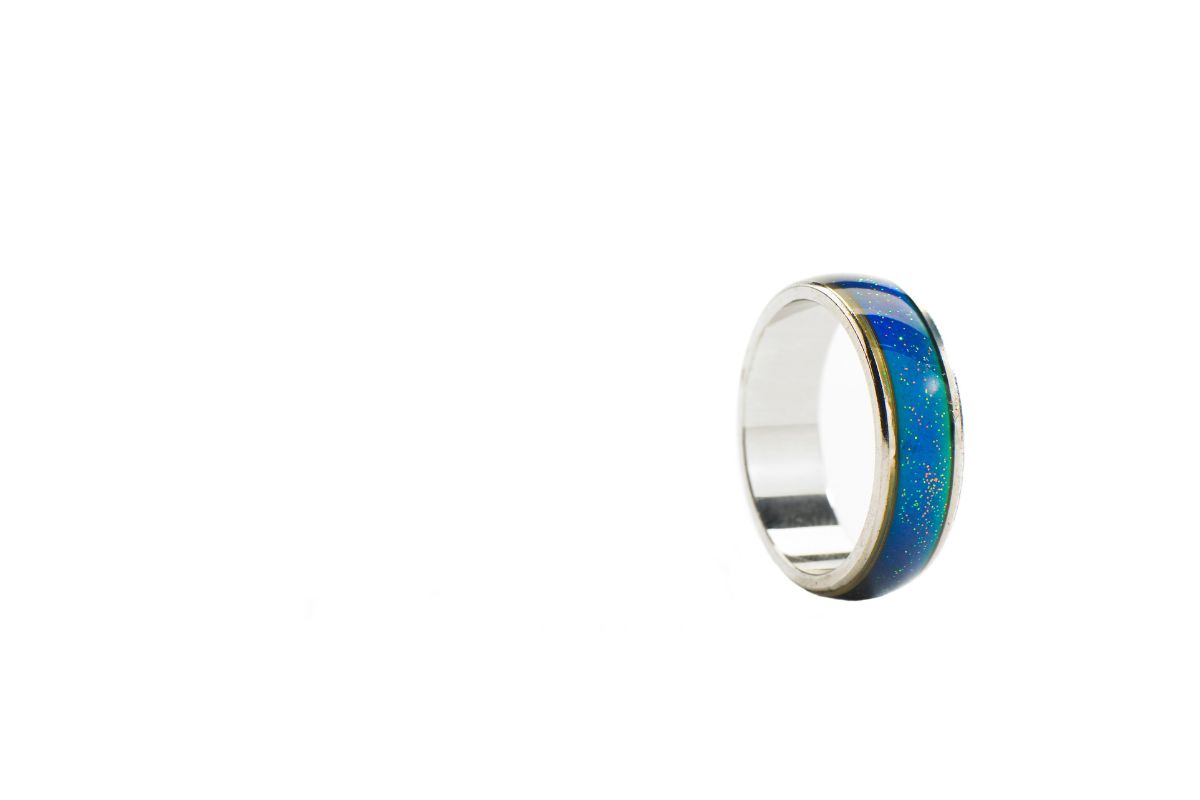
In this guide, we are going to be taking a closer look at the science behind mood rings, as well as whether or not there’s any accuracy to them.
So, all that being said, just keep on scrolling down to discover how mood rings work as well as other cool information about them including how they were created.
What Is The History Of Mood Rings?
Before we jump any further into this guide, we first think that it would be a good idea to provide you with some backstory on how mood rings came to exist.
To cut a long story short, mood rings (see also ‘What Does Pink Mean On A Mood Ring?‘) were initially invented way back in 1975 by two New York creators named Maris Ambats and Josh Reynolds.
However, even though it is generally believed that these two cheetos made the mood rings first, there is another person, named Marvin Wernick, who claims that he was the one who developed the rings almost a decade earlier.
In Wernick’s book, Why Didn’t I Think of That, there is a small passage that explains mood rings (see also, ‘What Does Green Mean on a Mood Ring?’) and Wernick’s experience of creating them.
Wernick did not officially patent his name to the creation of mood rings, which explains why Ambats and Reynolds are officially recognized as the creators of them.
Regardless of who made mood rings, though, we’re sure that you’ll agree with us when we say that these rings are a staple part of all of our wardrobes (at least once, at least) and are a totally fun fad that are still very popular to this very day.
What Is The Meaning Behind Mood Rings?
Just like the name suggests, the main theory behind mood rings is that they have the ability to magically reveal the true feelings of the wearer in that very moment. But, do they really work?
Well, there is some evidence that suggests that our moods are correlated to different body temperatures. Generally speaking, the normal body temperature is around 37° C.
When we are stressed out it is normal for blood to be directed away from the skin, and this can trigger a mood ring to turn a darker color.
On the other hand, if you happen to find that you are feeling happy or excited, then it is normal for your body to experience an increase in temperature.
When this happens and you happen to be wearing a mood ring, then this will trigger the mood ring to turn a different color as your body temperature rises.
All that being said, while mood rings aren’t an exact science and can’t offer complete accuracy, it can be said that there is some link between body temperature and the different moods that we all find ourselves experiencing each day.
As well as all of that, it is also important to keep in mind that mood rings are unable to be able to know what the current emotional state of the wearer has – regardless of what their body temperature might be suggesting.
Nevertheless, there’s no denying that mood rings are very beautiful and can offer plenty of entertainment value when it comes to “revealing” what mood you might be in. Here’s a quick breakdown of what the colors mean:
- Pink: Happy
- Dark blue: Flirtatious
- Purple: Romantic or in love
- Brown: Nervous
- Green: Active or energized
- Black: Stressed or distressed
- Blue: Relaxed
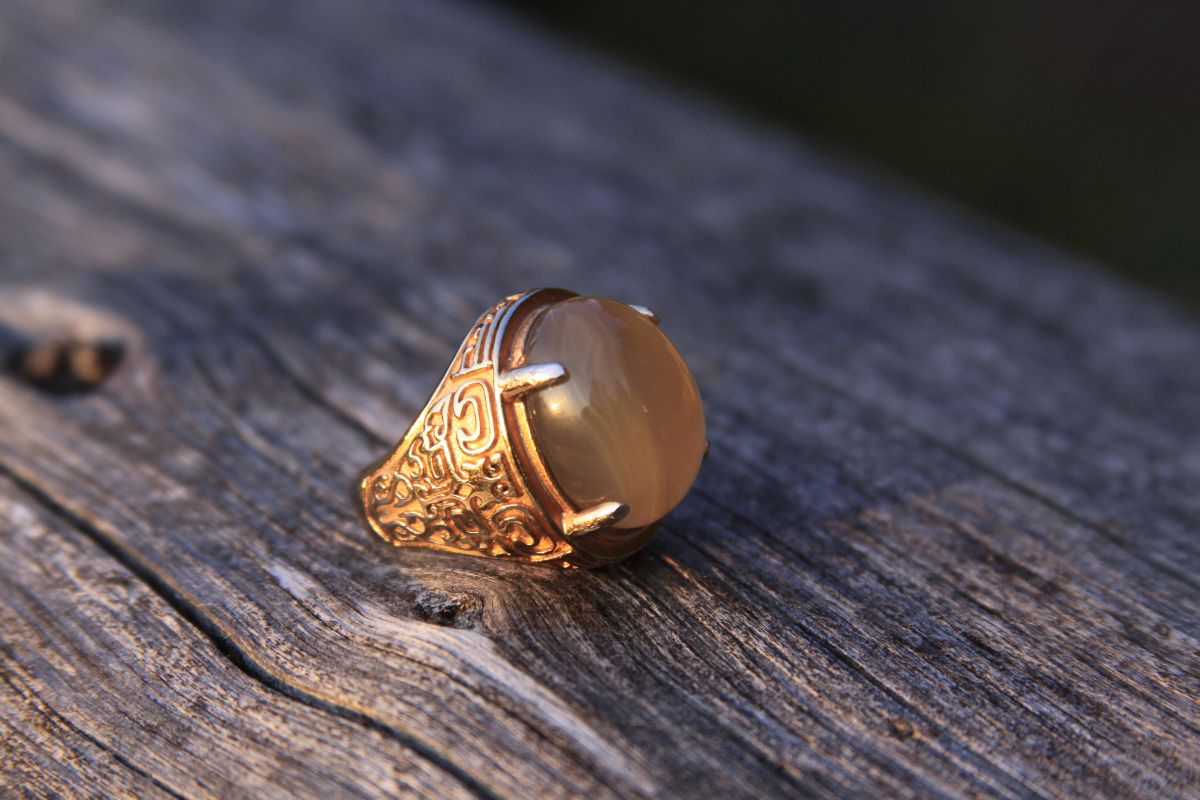
How Do Mood Rings Work?
Even though it might look like magic, the truth is that mood rings can be explained pretty easily. Typically, all mood rings contain a stone in the center of the ring that is made up of thermotropic liquid crystals and held inside a case.
When there is a change in temperature, these little crystals tend to move and change in color in accordance with the temperature that they have been exposed to – and this is how mood rings are able to “reveal” the mood of the wearer!
More specifically, when these little crystals held inside the band or stone are exposed to certain temperature changes, they will begin to twist in order to temporarily alter their molecular structure.
By doing this, the wavelengths of light and color will be either reflected or absorbed, and the change of the temperature will trigger the crystals to change a different color.
Similarly, when the crystals inside the mood ring are no longer exposed to any temperature changes, they will go ahead and return to their neutral color. In addition to this, the crystals will also return to their original molecular state.
In other words, when the temperature of the liquid crystals inside the mood ring band or stone are altered due to a change in temperature, they will then temporarily change in color as well, and this is essentially how a mood ring works.
The Bottom Line
There we have it, you’ve made it to the end of our guide! If you found yourself wearing your fair share of mood rings as a child or teenager, rest assured that you most definitely weren’t alone.
Besides being super popular and stylish, to this very day, mood rings are a fun way to “reveal” the mood and inner feelings of the wearer, even if it’s only those thermotropic liquid crystals responding to different temperatures they are exposed to.
Now that you have taken the time to read through all of the above, we hope that we have been able to help you understand a little better how mood rings work. Thanks for reading.
- 15 Crystals That Cannot Be Exposed To The Sun - January 7, 2024
- Malachite Vs Fuchsite – Benefits And Uses - January 7, 2024
- Malachite Vs. Green Jasper: Benefits And Uses - January 7, 2024

